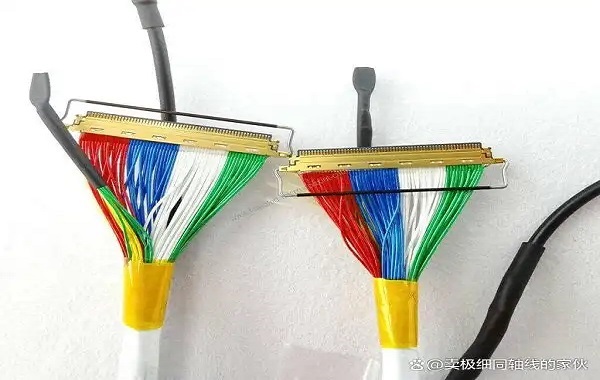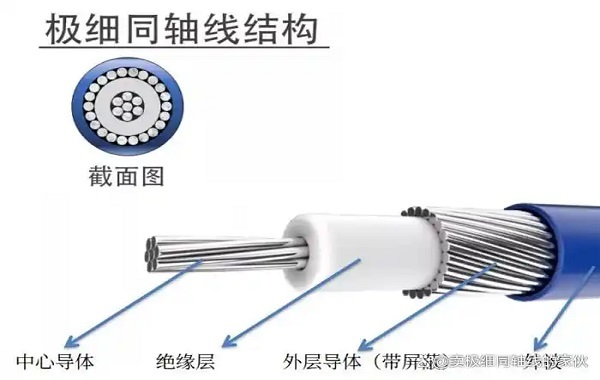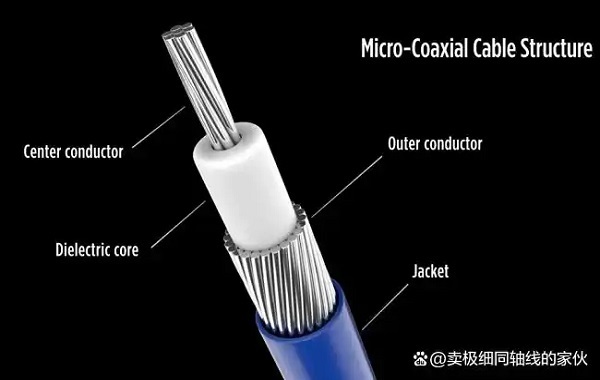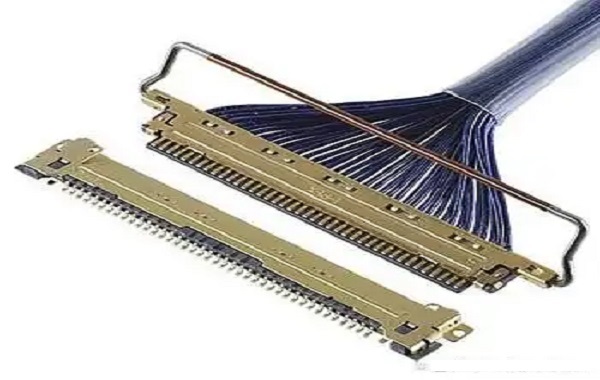Categorization:Harness Component

What is impedance? Why is it crucial in high-speed transmission?
In high-speed signal transmission, impedance is not simply equivalent to direct resistance, but is a comprehensive parameter composed of resistance, inductance, capacitance, and conductivity in a high-frequency environment. When the transmission impedance of a very thin coaxial cable does not match the impedance of the system or interface, reflections and distortions will occur in the transmission path, thereby reducing signal integrity. In practical design, common impedance control values are 50Ω (single-ended) and 100Ω (differential). For example, high-speed standards such as HDMI, USB, MIPI, and Thunderbolt all impose strict requirements on impedance consistency, so high-precision impedance control is the foundation for the reliable operation of high-speed systems.
The importance of differential transmission and differential characteristics
Differential transmission is a signal transmission method with high anti-interference ability, which sends signals with equal amplitudes and opposite phases through two wires with completely consistent impedance. When external electromagnetic noise acts on both wires simultaneously, it can be canceled at the receiving end, greatly improving the anti-interference ability.
Extremely fine coaxial beam has a natural advantage in differential applications:
Each axis has an independent shielding layer, effectively reducing the impact of external interference.2.2 When multiple coaxial lines are parallelly routed within a bundle, it is easier to maintain consistent impedance control.
2.3 Particularly suitable for high-speed differential standards such as MIPI D-PHY, C-PHY, PCIe, USB4, and so on, it performs outstandingly in terms of miniaturization and high bandwidth devices.

3.1 Structure determines impedance: including the size of the central conductor, the thickness of the dielectric, and the diameter of the shielding layer, each parameter directly affects the impedance performance.
3.2 Material Stability: The consistency of dielectric constant of medium materials, the weaving density of the shielding layer, etc., will affect the stability of high-speed signals.
3.3 Differential pairs require high consistency: The two differential lines must maintain strict matching in terms of length and geometric structure to avoid signal errors caused by timing deviation.
3.4 Connector and Termination Techniques: The geometric transition at the connector pin region of ultra-fine coaxial cables is most prone to produce impedance discontinuities, therefore the termination technique and interface structural design must be precisely controlled.

Impedance and differential characteristics are the core factors determining the high-speed transmission performance of extremely fine coaxial cable bundles. Only through comprehensive optimization in aspects such as structural design, material selection, processing technology, and termination quality can signal transmission be achieved with high speed, low loss, and low interference in a limited space. For high-speed system engineers, understanding these key concepts is an important prerequisite for creating high-stability interconnection solutions.
I amSuzhou Huichengyuan Electronic Technology, Long-term focused on the design and customization of high-speed signal cable harnesses and ultra-fine coaxial cable harnesses, committed to providing stable and reliable high-speed interconnection solutions. If you have related needs or want to learn more, please contact:Manager Yin 18913280527 (WeChat same number)。